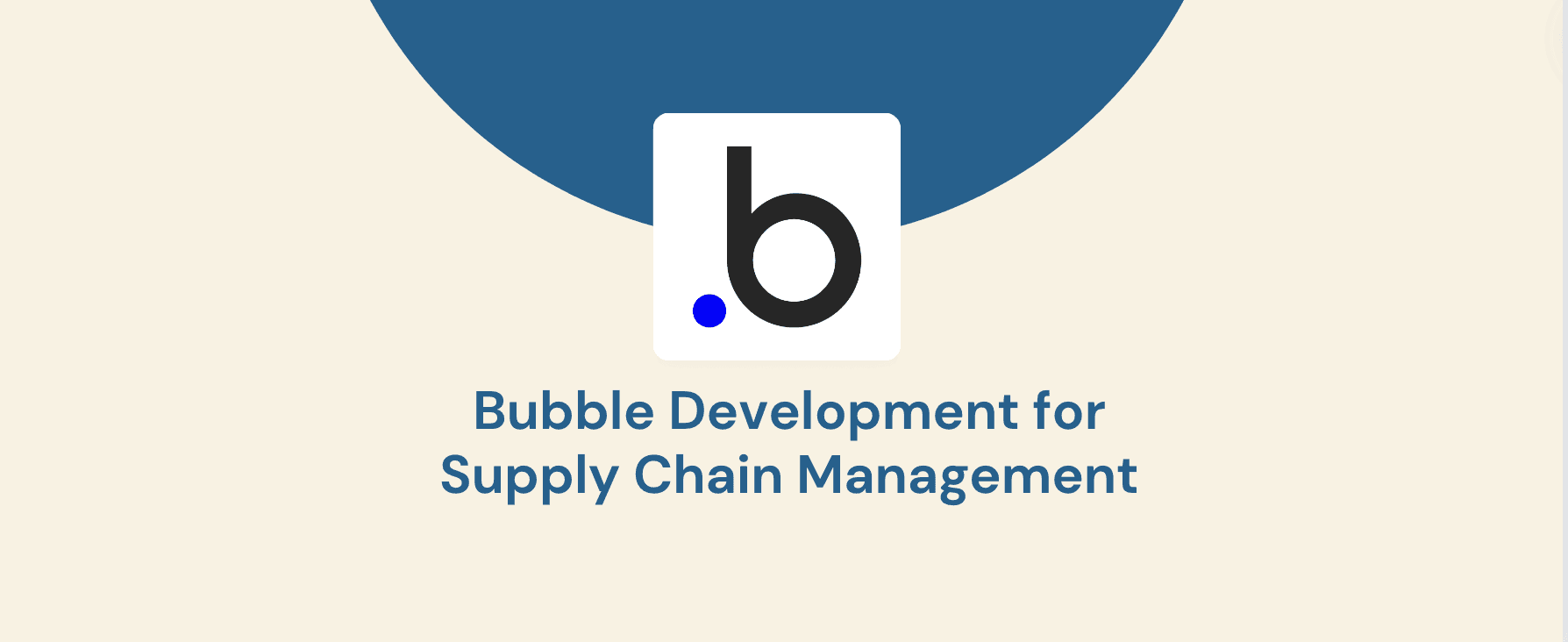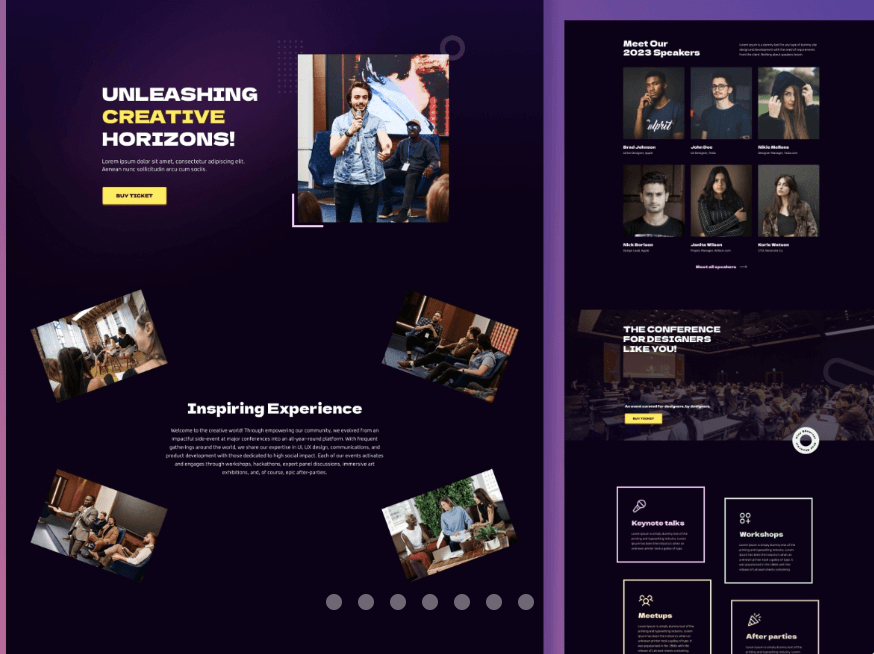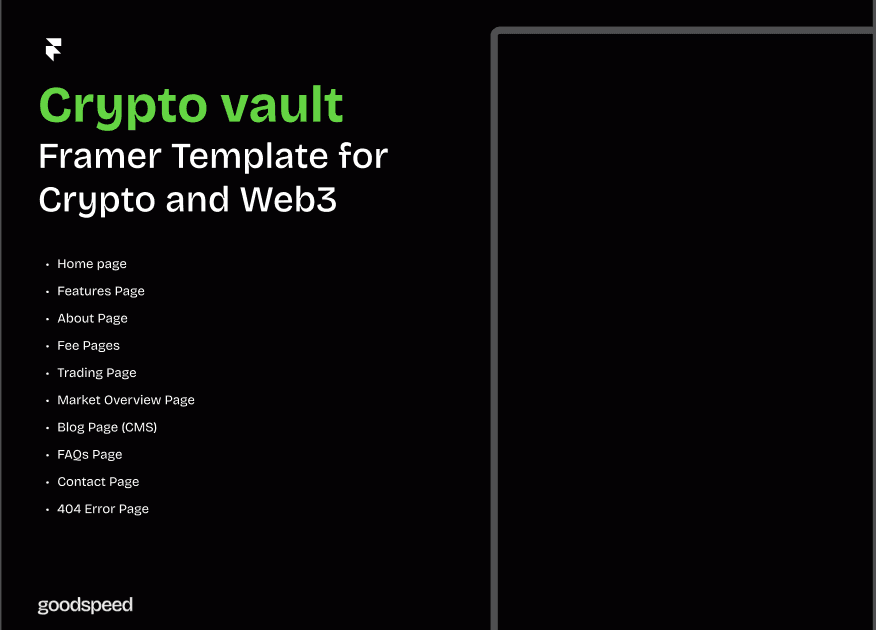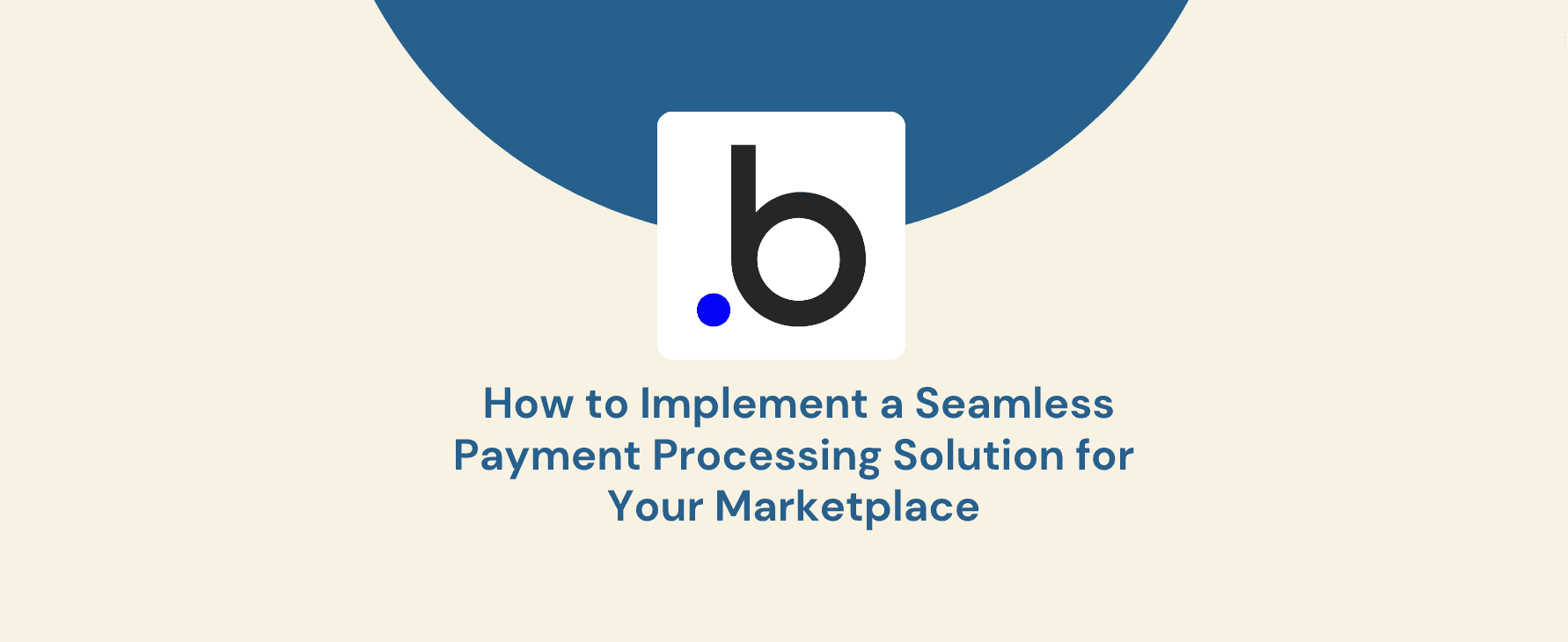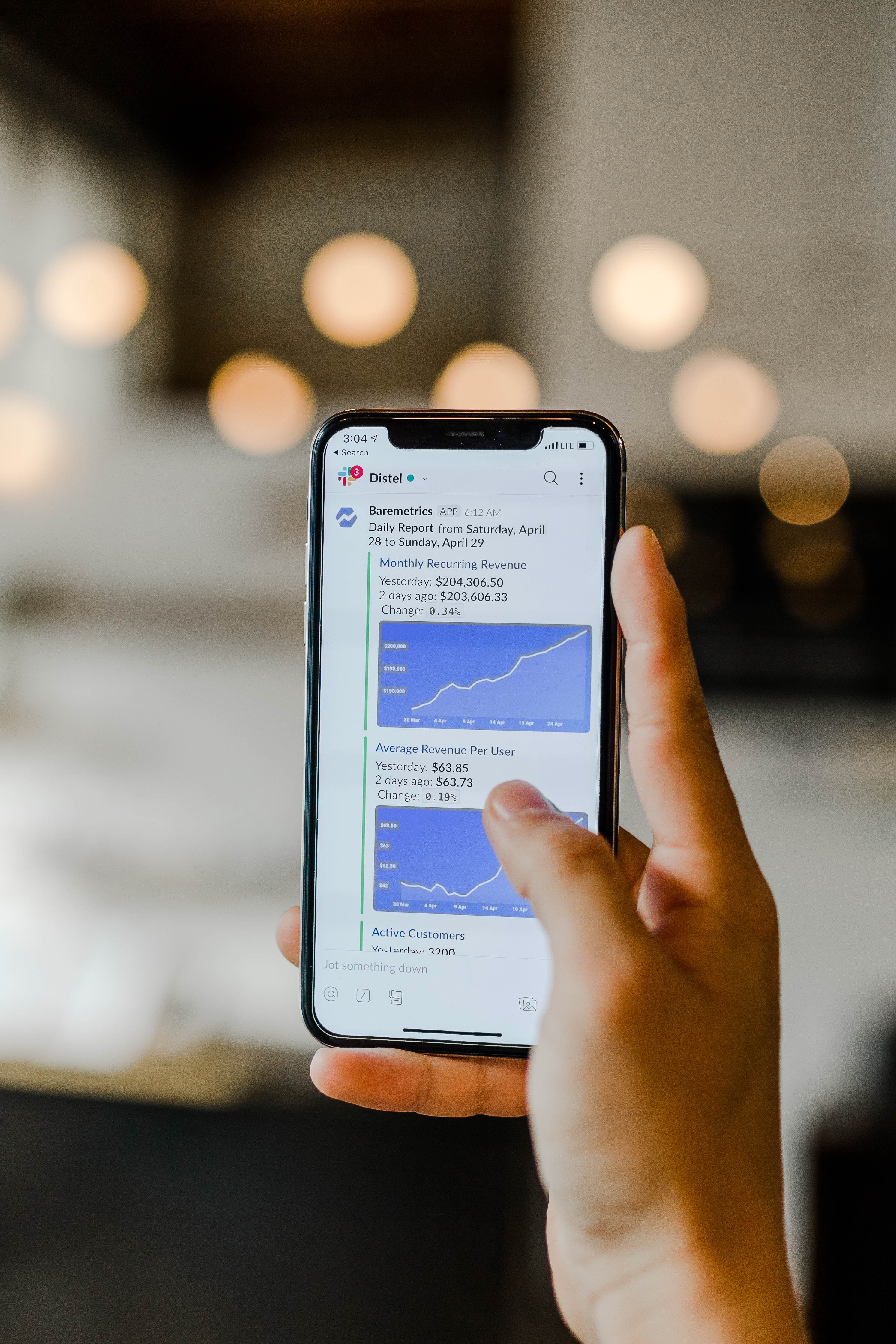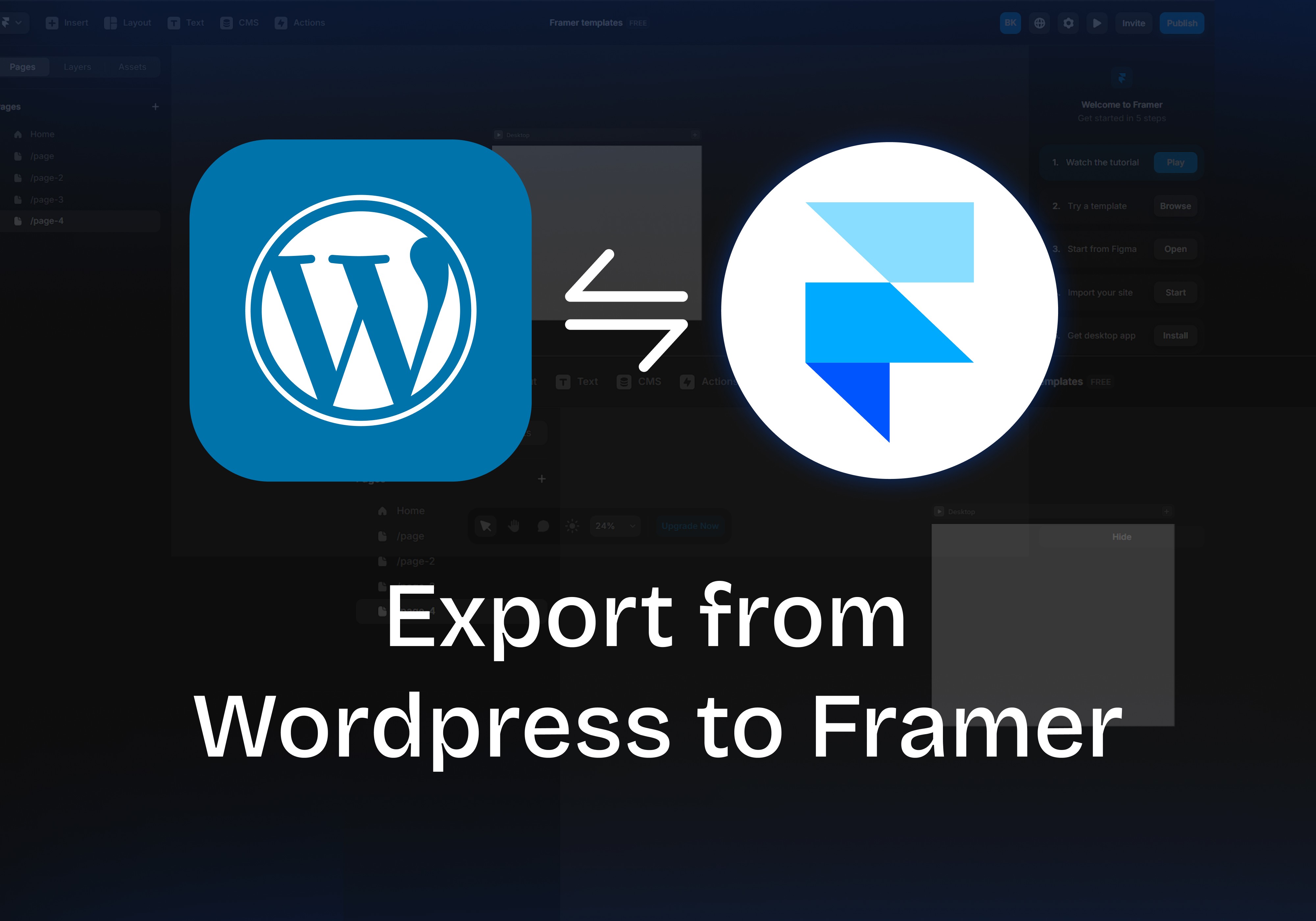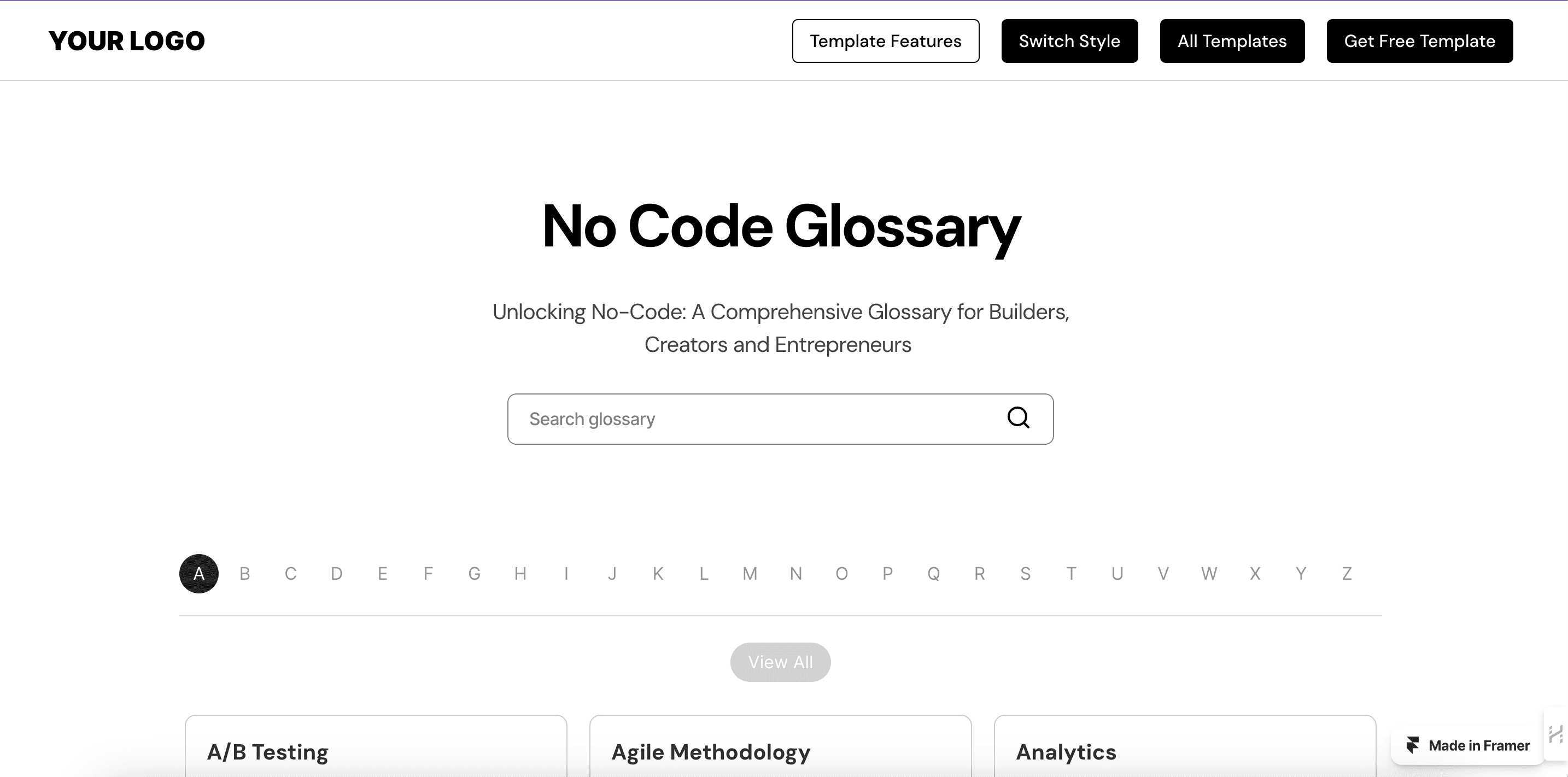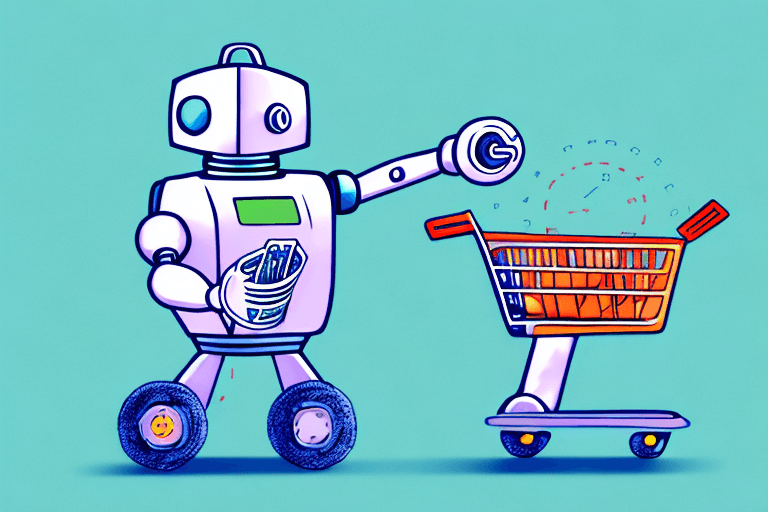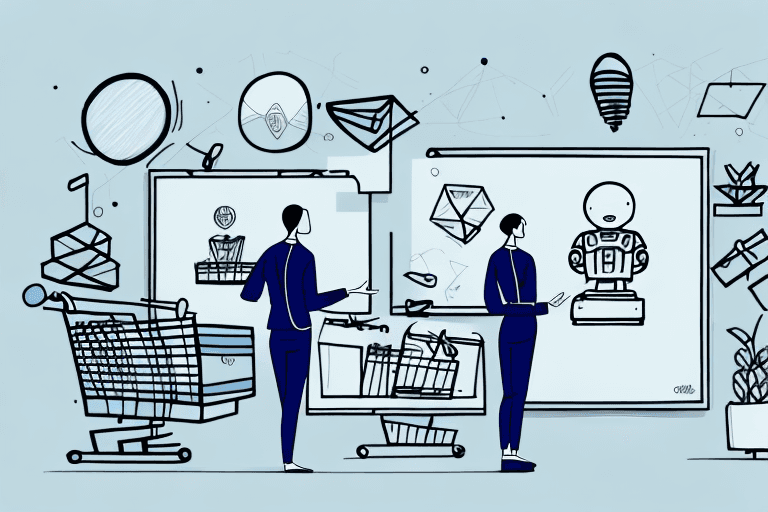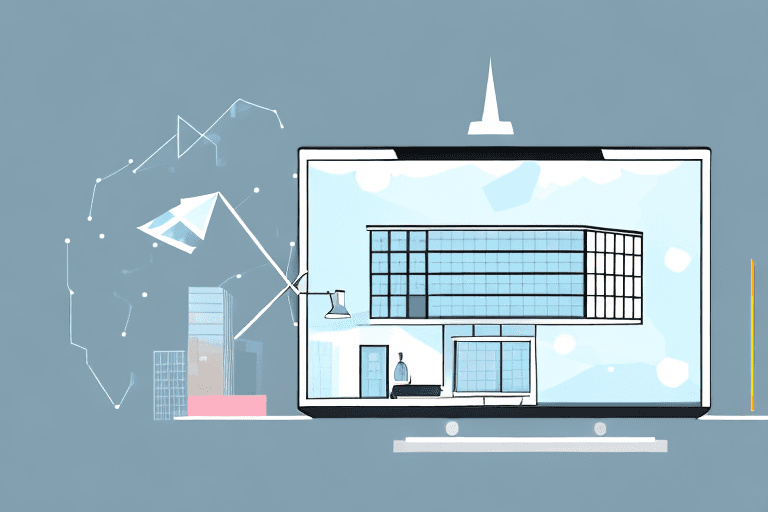Table of Contents
14 Jun 2024
Bubble Development for Supply Chain Management: How Enterprises Can Optimise Logistics and Increase Efficiency
Understanding Bubble and Its Benefits for Supply Chain Management
Demystifying Bubble.io: A Platform for Building Custom Apps
Bubble.io is a revolutionary platform that empowers users to create web and mobile applications visually, without requiring any traditional coding knowledge. It provides a user-friendly interface with drag-and-drop functionality, allowing users to build complex applications by linking pre-built components and defining workflows. This makes Bubble particularly attractive for businesses looking to develop custom solutions without the time and resource constraints associated with traditional coding projects.
Bubble vs Traditional SCM Solutions
Traditional SCM software often comes with hefty price tags, long implementation times, and limited customization options. These solutions are frequently complex and require extensive training for users. Bubble offers a refreshing alternative. Its intuitive interface allows businesses to build custom applications that precisely fit their unique workflows and data needs. Furthermore, Bubble's scalability allows solutions to evolve alongside growing businesses.
Key Benefits of Using Bubble for Supply Chain Management
By leveraging Bubble.io development, enterprises can unlock a multitude of benefits for their supply chain operations:
Enhanced Visibility and Transparency: Bubble applications can provide real-time data on inventory levels, order statuses, and shipment locations. This fosters better decision-making and allows for proactive responses to potential disruptions.
Improved Collaboration: Bubble facilitates seamless communication and collaboration between different stakeholders within the supply chain network. Teams can share information, track progress updates, and identify bottlenecks in real-time.
Streamlined Workflows and Automation: Repetitive manual tasks associated with data entry, order processing, and shipment tracking can be automated within Bubble applications. This frees up valuable resources for employees to focus on more strategic tasks.
Data-Driven Decision Making: Bubble applications can collect and analyze vast amounts of data from different points within the supply chain. This data can be used to identify inefficiencies, optimize routes, and make informed decisions about inventory management and resource allocation.
How Bubble Development Can Optimize Logistics
Streamlining Inventory Management and Tracking
Inventory management is a critical aspect of any supply chain. Inefficient inventory management can lead to stockouts, overstocking, and ultimately, lost revenue. Bubble development can transform inventory management by:
Real-time Inventory Tracking: Bubble applications can be integrated with barcode scanners and warehouse management systems to provide real-time visibility into stock levels across all locations. This allows for proactive inventory replenishment and avoids stockouts.
Demand Forecasting: By analyzing historical sales data and integrating with e-commerce platforms, Bubble applications can forecast future demand patterns. This helps businesses optimize inventory levels and minimize the risk of overstocking.
Minimizing Stockouts and Overstocking: Bubble can automate reorder points and suggest optimal ordering quantities based on real-time data and demand forecasts. This helps to maintain optimal inventory levels and prevent both stockouts and excess inventory holding costs.
Improved Warehouse Operations: Bubble applications can streamline warehouse operations by optimizing picking routes, managing bin locations, and automating tasks like inventory cycle counts. This leads to increased picking efficiency and reduced warehouse labor costs.
Enhanced Transportation Management and Route Optimization
Transportation costs often represent a significant portion of overall supply chain expenses. Bubble development can optimize transportation management by:
Intelligent Route Planning: Bubble applications can integrate with mapping APIs and real-time traffic data to optimize delivery routes for each shipment. This minimizes travel time, reduces fuel consumption, and lowers transportation costs.
Multi-Carrier Management: Businesses can use Bubble to manage shipments with multiple carriers, compare pricing options, and book shipments directly within the platform. This streamlines the transportation process and facilitates cost-effective carrier selection.
Enhanced Tracking and Visibility: Bubble applications can provide real-time tracking of shipments, allowing businesses and customers to monitor the location and status of deliveries. This improves transparency and fosters better communication throughout the logistics chain.
Fleet Management: For companies with their own transportation fleets, Bubble can be used to manage vehicle maintenance schedules, track driver performance, and optimize fuel consumption. This leads to improved fleet efficiency and reduced operational costs.
Bubble Development for Increased Efficiency
Automating Tasks and Streamlining Processes
Modern supply chains are riddled with repetitive manual tasks that can be time-consuming and prone to errors. Bubble development empowers enterprises to automate these tasks, leading to significant efficiency gains and improved accuracy. Let's explore some key areas for automation:
Order Processing and Fulfillment: Bubble applications can automate the order processing workflow, including order validation, inventory allocation, and generation of packing slips and invoices. This reduces processing times, minimizes errors, and frees up personnel for more value-added tasks.
Data Entry and Reconciliation: Data entry tasks like manual order input, inventory updates, and shipment tracking can be automated within Bubble applications. This eliminates data entry errors and ensures data consistency across the supply chain.
Reporting and Analytics: Bubble applications can automate the generation of reports on various aspects of the supply chain, including inventory levels, order fulfillment times, and transportation costs. This allows for data-driven decision-making and continuous process improvement.
Approval Workflows: Bubble facilitates the creation of automated approval workflows, for instance, for purchase orders or credit limits. This streamlines internal approval processes and eliminates bottlenecks.
Beyond Automation: A Ripple Effect of Enhanced Efficiency
The benefits of Bubble development extend beyond automating tasks. Here's how it fosters an environment of increased efficiency:
Improved Collaboration: By providing a centralized platform for communication and data sharing, Bubble fosters better collaboration between teams within the supply chain network. Real-time information flow allows for faster decision-making and proactive problem-solving.
Reduced Errors and Improved Accuracy: Automation of manual tasks and data entry reduces human error and improves the overall accuracy of supply chain operations. This leads to fewer delays, wasted resources, and customer satisfaction issues.
Enhanced Customer Experience: Faster order processing, improved delivery tracking, and increased transparency throughout the supply chain all contribute to a more positive customer experience. This translates into higher customer satisfaction and loyalty.
Reduced Operational Costs: By automating tasks, streamlining processes, and minimizing errors, Bubble development helps to optimize resource utilization and reduce overall operational costs within the supply chain.
Implementing Bubble Development for Supply Chain Management
Taking the First Step: Assessing Your Needs and Analyzing Operations
Before embarking on Bubble development for your supply chain, a thorough assessment of your current operations is crucial. This involves:
Identifying Pain Points: Analyze your existing supply chain processes and identify areas with inefficiencies, delays, or bottlenecks. These areas are prime candidates for improvement through Bubble development.
Defining Goals and Objectives: Clearly define the specific goals you aim to achieve through Bubble implementation. Do you seek to improve inventory management, optimize transportation routes, or enhance communication across the supply chain?
Understanding User Needs: Consider the needs of different stakeholders who will interact with the Bubble application. This includes warehouse personnel, logistics managers, and potentially even customers who might utilize a self-service portal for tracking deliveries.
Building Your Solution: Implementing Bubble Development Solutions
Once you have a clear understanding of your needs and objectives, you can begin building your custom Bubble application. This process involves:
Selecting a Development Partner: Consider partnering with a Bubble development agency experienced in building supply chain management solutions. This ensures expertise in both Bubble and the specific nuances of supply chain operations.
Data Integration: Identify and integrate any existing data sources, such as ERP systems, warehouse management systems, and e-commerce platforms, to ensure seamless data flow within your Bubble application.
User Interface (UI) and User Experience (UX) Design: Design a user-friendly interface that is intuitive and easy to navigate for all stakeholders who will be using the application. Prioritizing a positive UX is key for user adoption and successful implementation.
Testing and Deployment: Thoroughly test the application to ensure functionality and identify any potential bugs before deploying it to your team or customers.
Moving Forward: Integration and Training
Following successful development and testing, ensure a smooth transition to your new Bubble application by:
Integration with Existing Systems: Ensure seamless integration of your Bubble application with any existing business systems to avoid data silos and maintain data consistency.
Training and Education: Provide comprehensive training to all users on how to utilize the Bubble application effectively. Clear and concise user guides and ongoing support are essential for successful user adoption.
By following these steps and leveraging the expertise of experienced Bubble developers, enterprises can harness the power of Bubble.io to build custom-tailored applications that transform their supply chain operations and unlock significant efficiency gains.
Overcoming Challenges and Limitations of Bubble Development
While Bubble offers a powerful platform for supply chain management solutions, it's important to acknowledge potential challenges and limitations:
Security and Data Privacy: Implementing robust security measures and ensuring data privacy compliance is crucial. Partnering with experienced Bubble developers who prioritize security best practices is essential.
Change Management: Resistance to change from employees accustomed to existing workflows can occur. Effective user training, communication, and highlighting the benefits of the new system can mitigate these challenges.
Development Costs: While Bubble offers cost-effective development compared to traditional solutions, the overall cost depends on the complexity of the application and the chosen development partner.
Limited Scalability for Extremely Large Enterprises: For very large enterprises with exceptionally complex supply chains, Bubble's scalability might have limitations. Evaluating the specific needs of your organization is key.
By acknowledging these limitations and planning accordingly, enterprises can effectively leverage Bubble development to overcome challenges and unlock significant optimization opportunities for their supply chains.
Bubble.io emerges as a powerful tool for optimizing supply chains. This no-code development platform empowers businesses to build custom applications that address their specific challenges and workflows. Key benefits include cost-effectiveness, improved efficiency through automation, and enhanced visibility across the entire supply chain network.
We encourage you to explore Bubble possibilities for your own supply chain. Evaluate your current operations, identify areas for improvement, and partner with experienced Bubble developers to unlock a more efficient, transparent, and successful supply chain for your enterprise.
Ready to unlock the power of Bubble for your supply chain? Contact Goodspeed, a team of Expert Bubble Developers, to discuss your custom solution and take your logistics to the next level. Let Goodspeed help you streamline your supply chain and achieve a competitive advantages.
Frequently Asked Questions (FAQs)
1. Is Bubble development secure enough for handling sensitive supply chain data?
Bubble offers robust security features, but it's crucial to partner with experienced developers who prioritize data security best practices. Look for developers who employ encryption, access controls, and regular data backups to ensure your information remains protected.
2. Can Bubble applications integrate with my existing Warehouse Management System (WMS) or Transportation Management System (TMS)?
Yes. Bubble excels at integrating with various third-party applications and services. This allows you to connect your Bubble supply chain solution seamlessly with your existing WMS, TMS, e-commerce platform, or other essential systems.
3. How long does it typically take to develop a Bubble application for supply chain management?
The development time depends on the complexity of your desired application. For simpler solutions, development can be completed within weeks. More intricate applications with extensive functionalities might require several months.
4. What happens if my business needs change after implementing a Bubble solution?
One of Bubble's strengths is its adaptability. Bubble applications can be easily modified and scaled to accommodate evolving business needs and new requirements within your supply chain operations.
5. Are there any limitations to the size or complexity of a supply chain that can be managed with Bubble?
While Bubble is incredibly versatile, for extremely large enterprises with highly complex global supply chains, Bubble's scalability might have limitations. It's crucial to evaluate your specific needs and discuss them with experienced developers.

